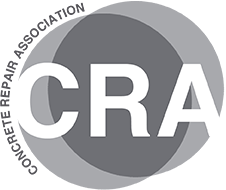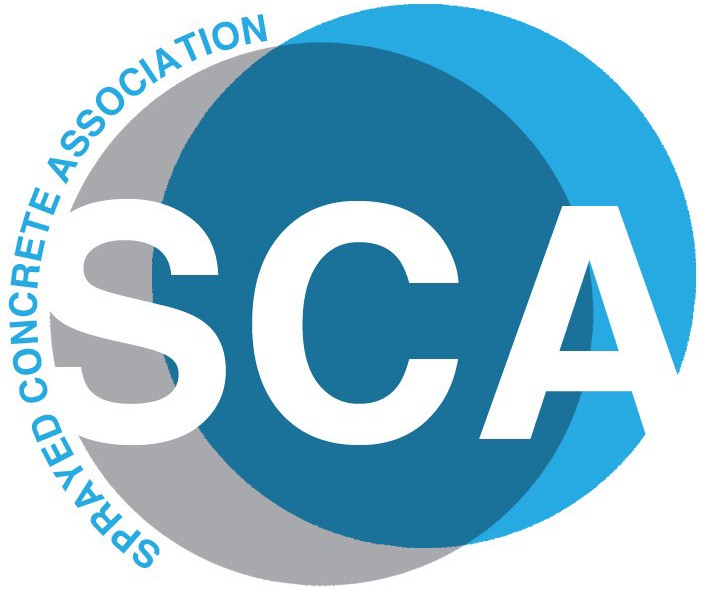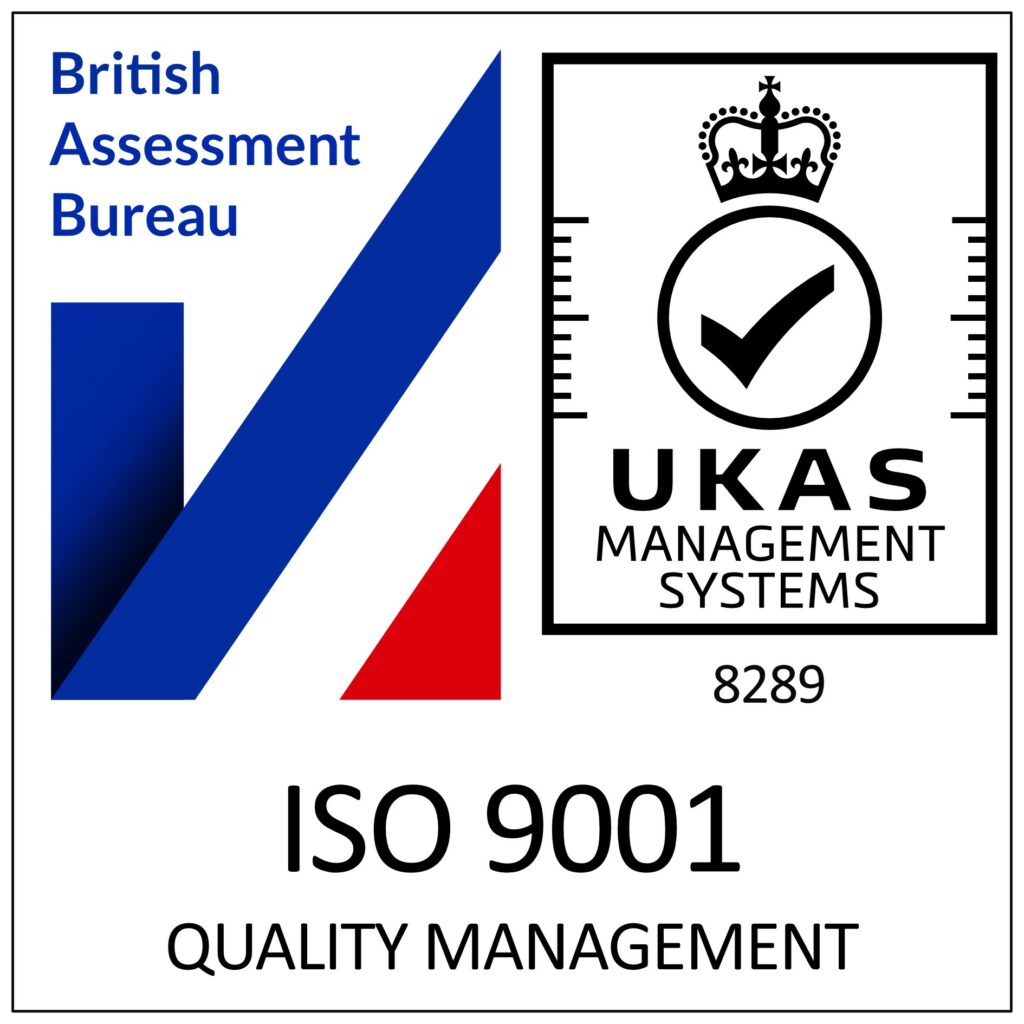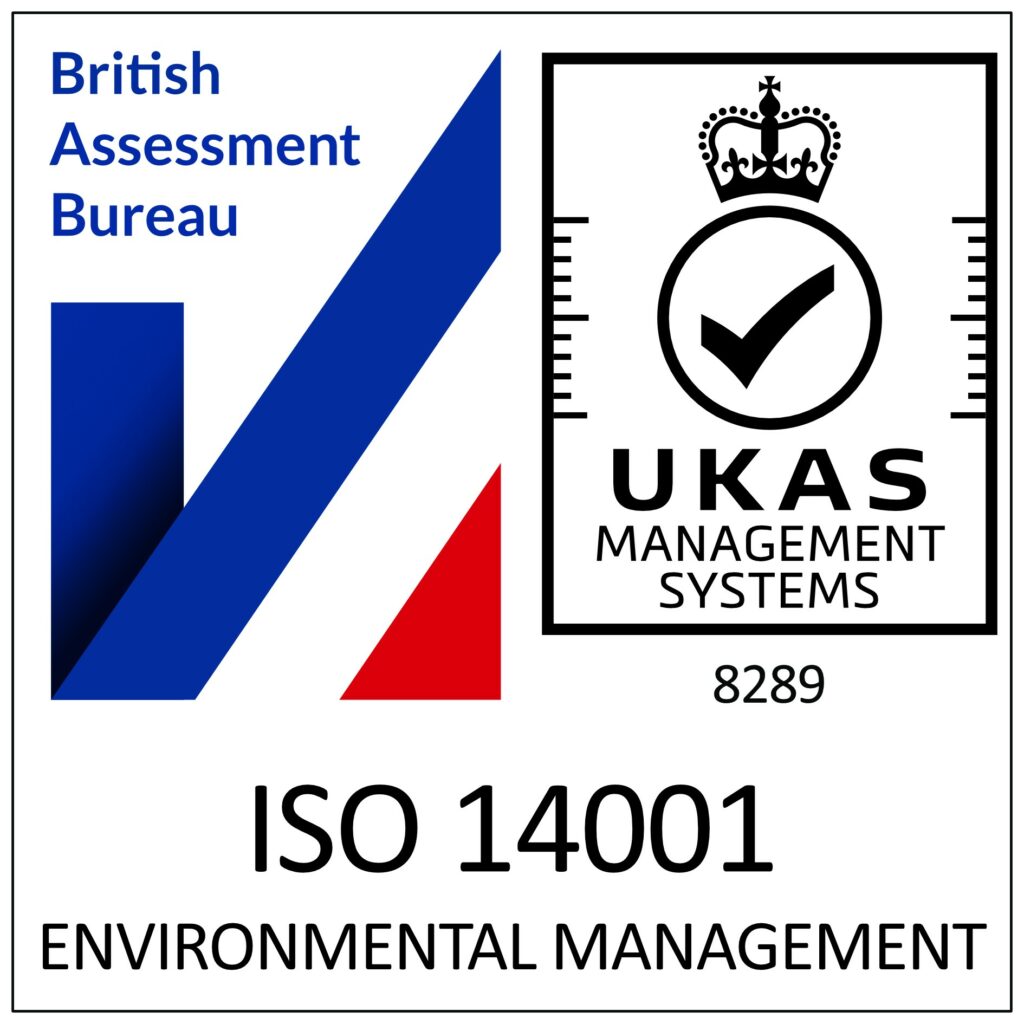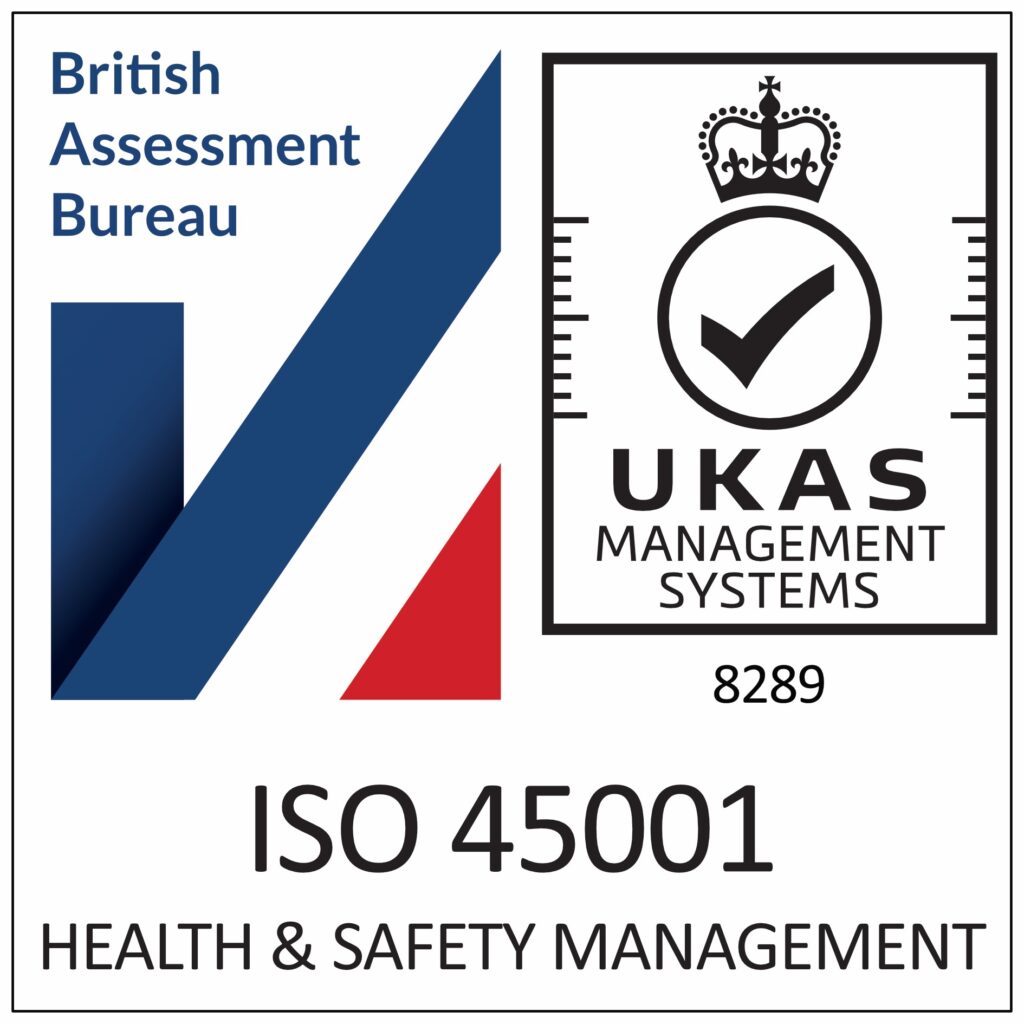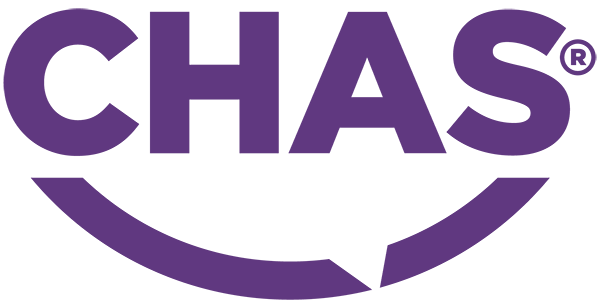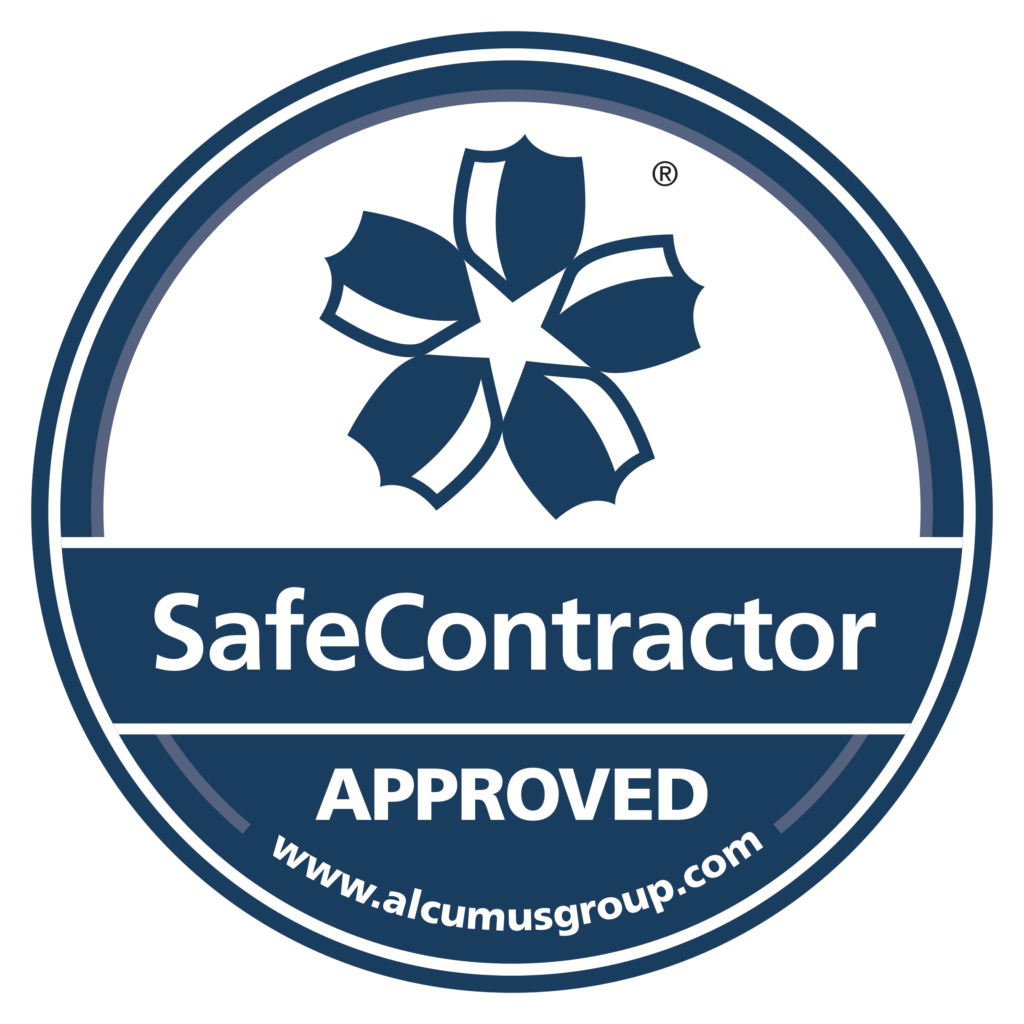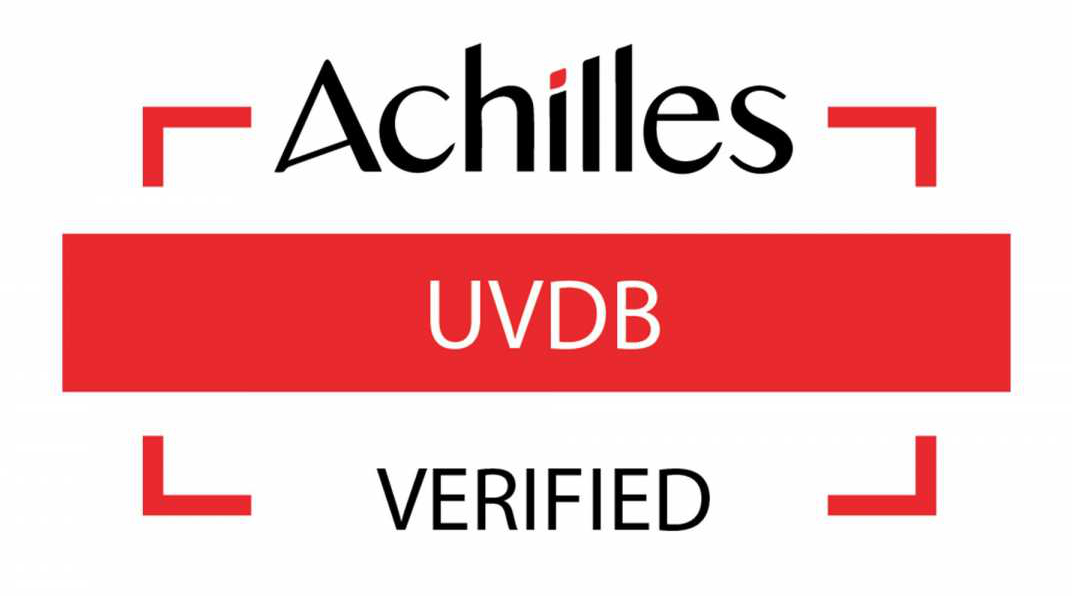Concrete Inspection
Concrete Inspections are the essential, first stage evaluations of the existing condition of a concrete structure, often undertaken with the naked eye or non-electrical equipment. These inspections are simple and low-cost methods, with the objective of establishing what additional surveys are required in order to further determine the condition and causes of any potential defects in a given structure.
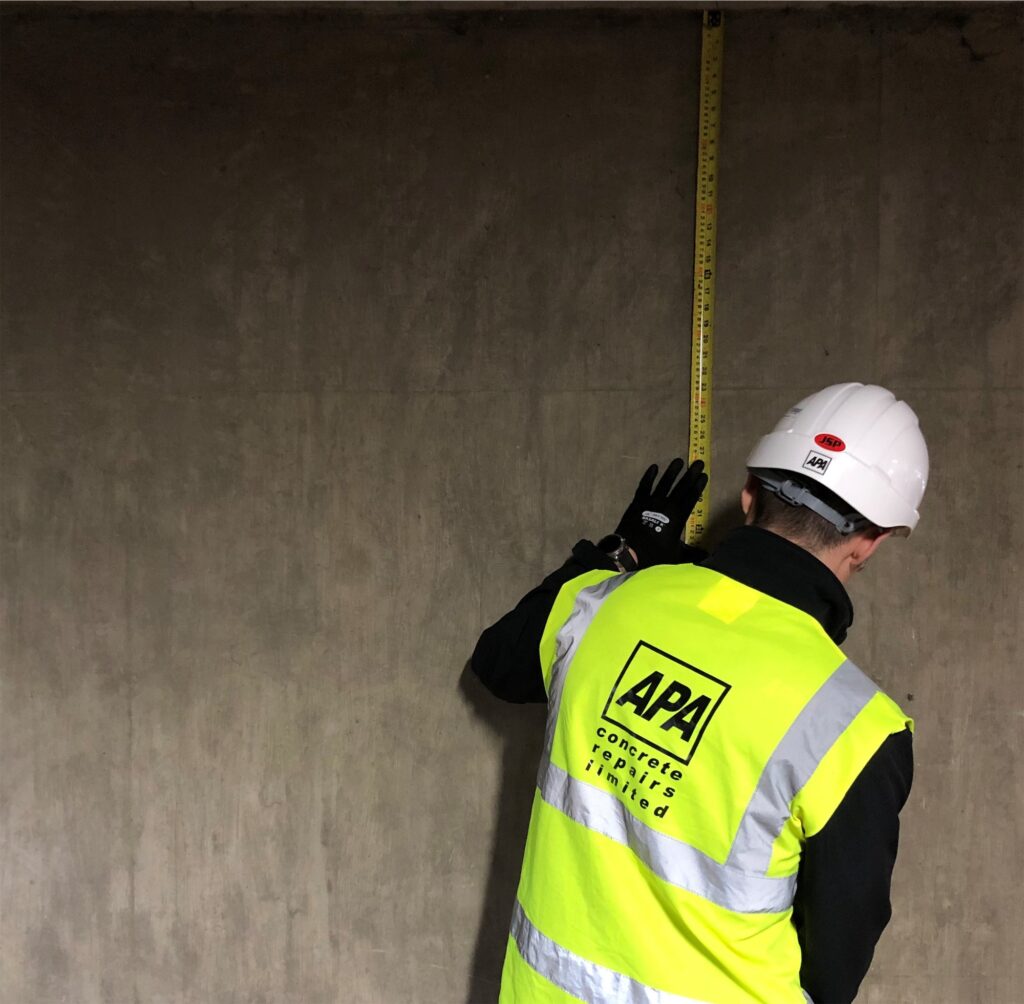
APA Concrete Repairs Ltd carries out a range of Concrete Inspection techniques that include:
- Visual Survey – The visual inspection of a structure is one of our first steps of investigation, often providing us with detailed information that may lead to a positive identification of the cause of defect and any potential need for further investigative works.
- De-Risking (Make-Safe) Survey – Often combined with visual and hammer tap surveys to form the initial stage of an investigation, where there is a potential risk of a structure shedding concrete into pedestrianised areas.
- Hammer (Tap Test) Survey – As a simple and effective method of identifying and locating delamination below a concrete surface, with a change in sound in a certain area indicating the presence of delamination, we use these surveys as a useful low-cost method of sounding on both vertical and horizontal concrete surfaces of all backgrounds.
- Rebound Hammer (Schmidt) – This is a useful testing method to investigate concrete hardness, providing us with information on the quality of the surface layer of concrete. This method is used to assess the in-place uniformity as well as identifying the exact location of poor quality and deteriorated concrete.
- Exploratory Breakout – Creating exploratory openings can reveal conditions within a concrete surface such as depth of cracks, delamination, reinforcing size and coating information. Breaking out an opening in a previously repaired area can additionally reveal information regarding the preparation, application and performance of the repair.
